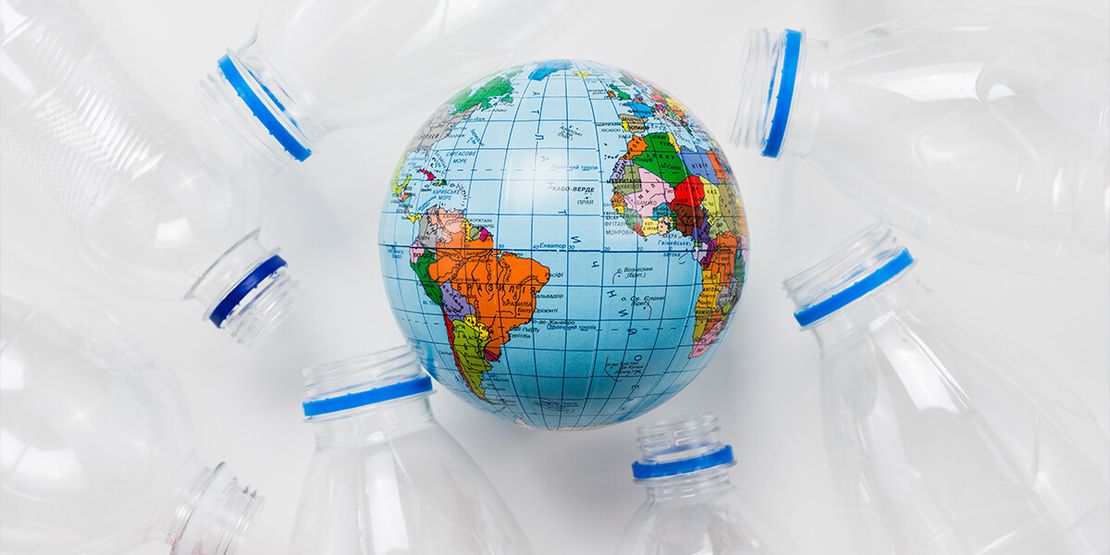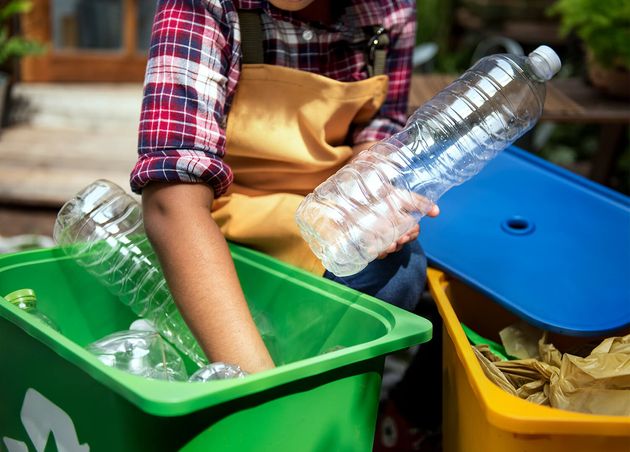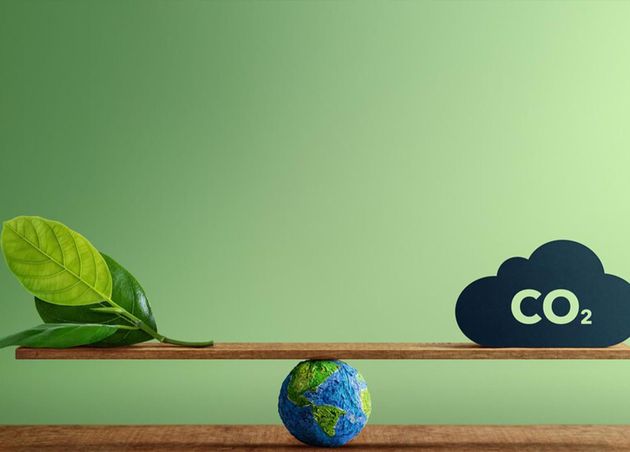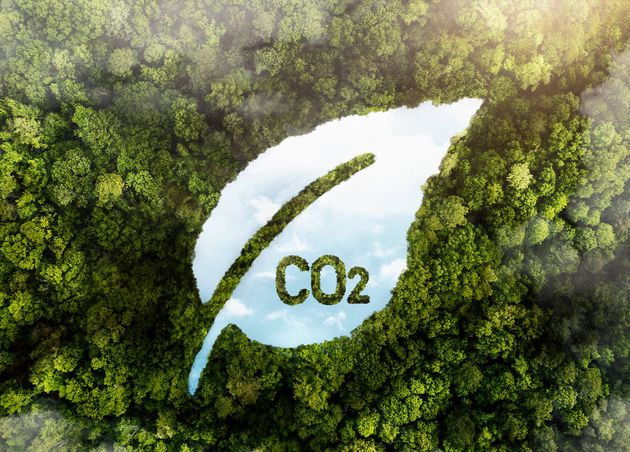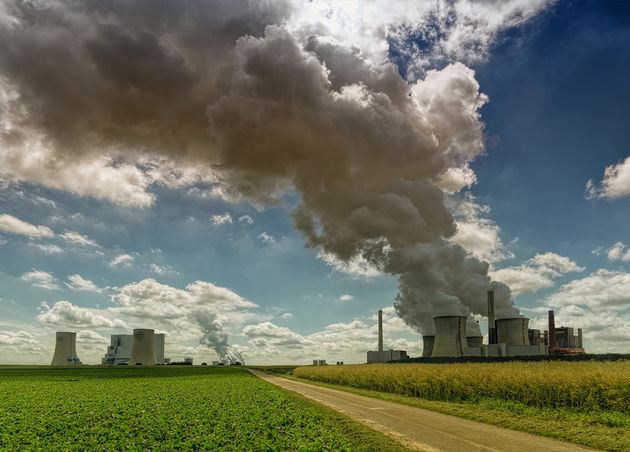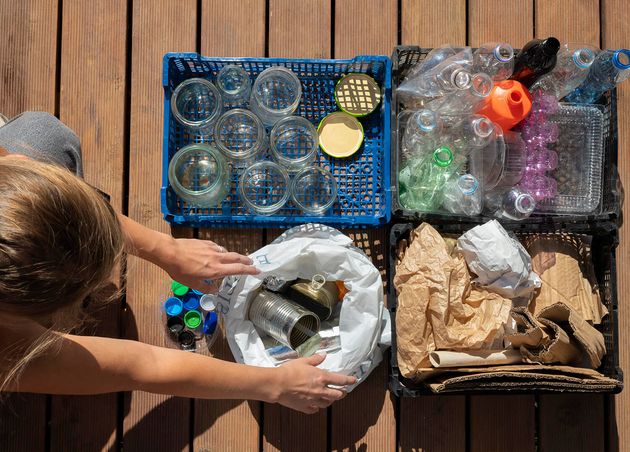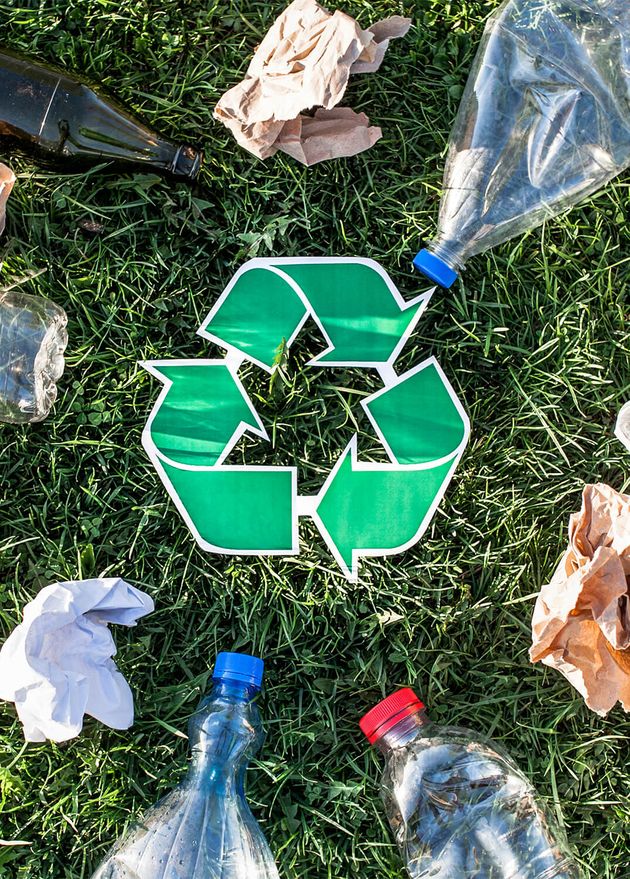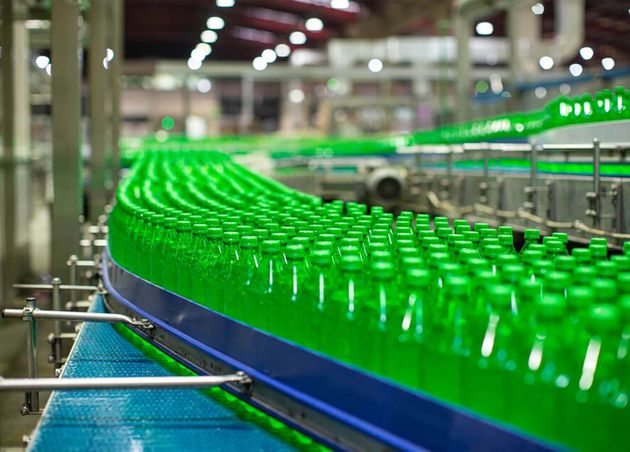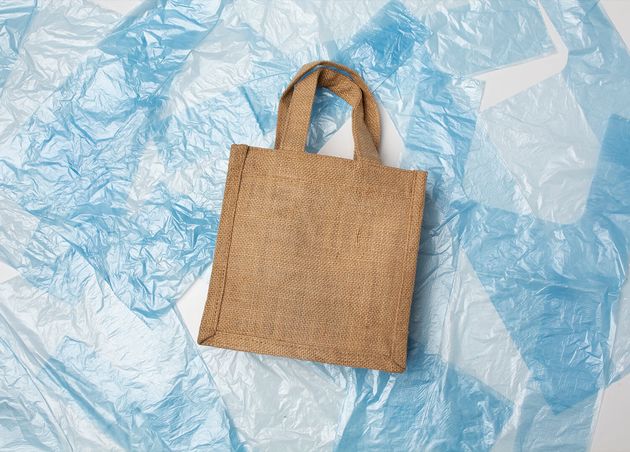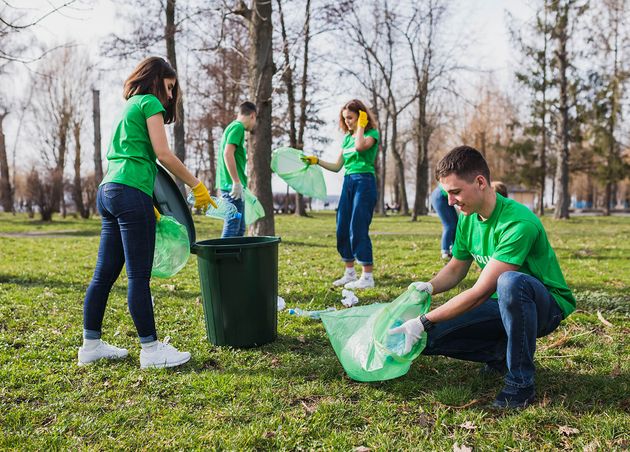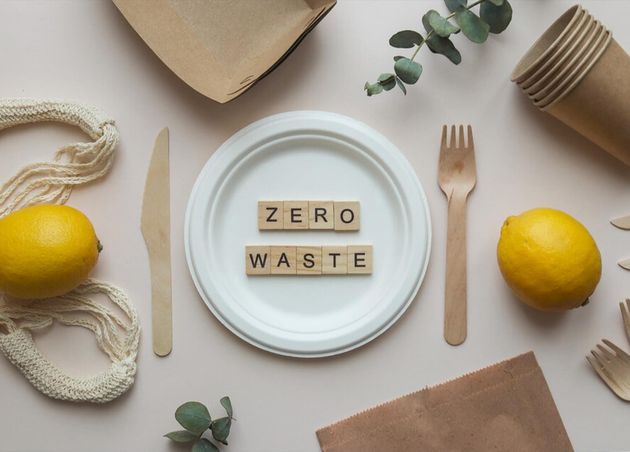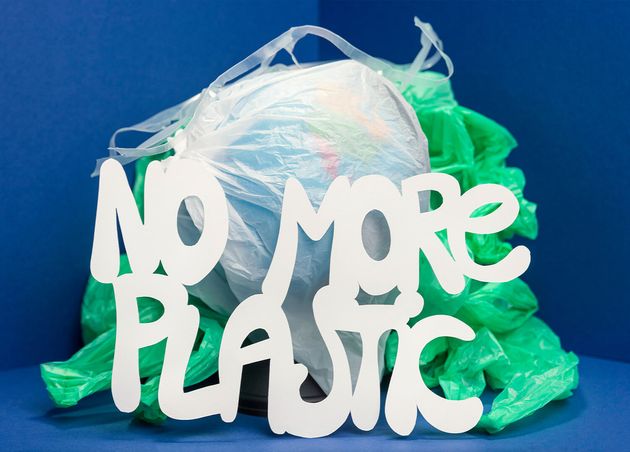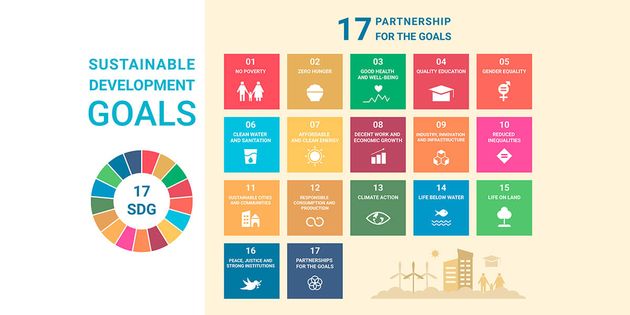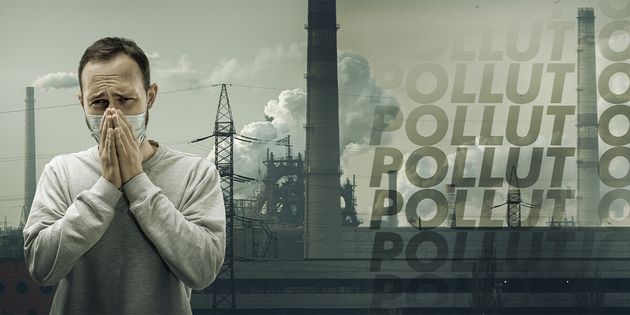Taking on the Plastic Challenge: Simple Ways to Reduce Your Carbon Footprint
Hello, all my nature lovers! 🌎 Are you ready to make a meaningful impact on the environment? I am sure you want to because it's time to take on the plastic challenge with me and reduce your carbon footprint 🌱
As we all know, day by day, our planet is suffocating under the weight of plastic waste while causing irreversible damage to ecosystems and endangering countless species 🌎 But don't get stressed, as there are a number of simple and practical ways you can contribute to the solution.
So, are you curious to know how small changes in your daily routine can have a significant impact? 🌱 Are you ready to discover effective strategies to reduce plastic consumption and make a positive difference?
If yes, join me on this transformative journey as I'm ready to explore easy yet powerful ways to combat plastic pollution and create a sustainable future for future generations 🌎 So, together, let's take the plunge and embrace the plastic challenge head-on!
🌏 Eco Fact!
Did you know that your digital activities also contribute to your carbon footprint? Streaming videos, sending emails, and using cloud storage may seem intangible. Still, they require energy-intensive data centers that emit carbon dioxide.
What is Carbon Footprint?
"Carbon Footprint" somehow refers to the total amount of greenhouse gases, specifically carbon dioxide (CO2), emitted directly or indirectly by an individual, organization, or activity 🌱 In other words, it measures the severity of impact that human activities have on the environment in terms of climate change. It is indicated in metric tons of carbon dioxide equivalent (CO2e) per year 🌎
Do you know that various activities contribute to a person's carbon footprint? For example, transportation (driving, flying), energy use (electricity, heating, cooling), food choices, and consumption habits 🌱 All these activities often rely on burning fossil fuels, which release carbon dioxide and other greenhouse gases into our atmosphere, leading to global warming and climate change.
The importance of calculating and understanding our carbon footprint is assessing the environmental impact of our actions and making informed choices to reduce it 🌎 Accordingly if we adopt sustainable practices like using renewable energy, conserving resources, minimizing waste, and making eco-conscious choices, we can significantly reduce our carbon footprint and contribute to a much healthier and more sustainable planet.
The Average Carbon Footprint
Depending on several factors, the average carbon footprint can vary significantly 🌱 It can include geographical location, lifestyle choices, and consumption patterns.
Based on Global Footprint Network, the average global carbon footprint is around 4.8 metric tons of carbon dioxide equivalent (CO2e) per person per year 🌎 This includes emissions from various activities like energy use (electricity, heating, cooling), transportation (driving, flying), food consumption, and waste generation.
But ensure it is a general estimate, and individual carbon footprints can vary widely 🌱 Factors such as the type of energy sources used, personal transportation choices, diet, and overall consumption habits can significantly influence an individual's carbon footprint.
Taking on the Plastic Challenge
Do you know that plastic pollution is one of our most pressing environmental issues with severe consequences for our planet and its inhabitants? 🌎
As we come to the modern and technological era, it is time to take action and make a significant difference by reducing our carbon footprint through the plastic challenge 🌱 We can effectively curb greenhouse gas emissions and contribute to a cleaner, greener future by addressing plastic's excessive use and improper disposal.
Effect of Plastic on the Carbon Footprint
The carbon footprint associated with plastic refers to the greenhouse gas emissions released throughout the usual lifecycle of plastic, including its production, use, and disposal 🌱
Plastics do not directly emit carbon dioxide (CO2) during use, as plastic is made from fossil fuels, mainly petroleum and natural gas 🌎 However, here's how the lifecycle of plastic contributes to carbon emissions:
Production
The production of plastic involves extracting and refining fossil fuels, which release carbon dioxide in our atmosphere 🌎 These raw materials extraction, transportation, and processing contribute to carbon emissions. In addition, the manufacturing processes, such as polymerization and molding, require energy, often sourced from fossil fuels, leading to additional carbon emissions.
Transportation
Plastic products are transported from manufacturing facilities to distribution centers, retailers, and consumers 🌱 So, the transportation process relies heavily on fossil fuel-powered vehicles, such as trucks, ships, or planes, which emit carbon dioxide and other greenhouse gases. The longer the transportation distance, the higher the associated carbon emissions.
Use and End-of-Life
As I mentioned earlier, plastic does not emit carbon dioxide. But how it is used and disposed of can have indirect carbon footprint implications 🌎 For instance, single-use plastics have a higher carbon footprint than reusable alternatives. It's because their production and disposal occur more frequently.
So, if the plastic waste is not managed correctly and ends up in landfills or incinerators 🌱 In that case, it can contribute to releasing methane or carbon dioxide, respectively, both potent greenhouse gases.
Recycling and Waste Management
The recycling process for plastic involves energy consumption, which can result in carbon emissions 🌱 The efficiency and energy sources used in recycling facilities play a significant role in determining the carbon footprint associated with plastic recycling.
Furthermore, if plastic waste is not effectively recycled and ends up in landfills, in that case, it can release methane as it decomposes, exacerbating its impact on carbon emissions 🌎 Reducing the carbon footprint associated with plastic, requires a comprehensive approach, including minimizing plastic consumption, promoting recycling and waste reduction, adopting sustainable alternatives, improving energy efficiency in production processes, and transitioning to renewable energy sources.
By addressing these aspects, we can mitigate the environmental impact of plastic and work towards a more sustainable future 🌱
How to Reduce the Carbon Footprint Through the Plastic Challenge?
The plastic challenge plays a crucial role in reducing carbon footprint by addressing the lifecycle of plastic, from production to disposal 🌎 Here's how it affects and helps to minimize carbon emissions:
Reduction in Plastic Production
Did you know that plastic production requires extracting and processing fossil fuels? Mainly, it uses petroleum and natural gas 🌱 Within these processes, it releases a significant amount of carbon dioxide into our atmosphere, contributing to climate change.
So, can you understand that reducing our consumption of plastic products can decrease the demand for new plastic production, thereby reducing carbon emissions associated with its manufacturing? 🌎
Energy Conservation
The manufacturing and transportation of plastic products require substantial energy inputs, often derived from fossil fuels 🌱 It is better to opt for alternatives to single-use plastics by updating that. You can go for alternatives such as reusable containers and bags. If so, we can conserve energy and decrease reliance on carbon-intensive processes.
Waste Management
Did you know about greenhouse gases? I wanted to say that improper disposal of plastic waste, like landfilling or incineration, can release greenhouse gases 🌎 It's primarily because the plastic that ends up in landfills can break down over time and start to release methane, a potent greenhouse gas.
So, it is important to practice proper methods for waste management. You can go for recycling, composting, and reducing plastic waste generation 🌱 By doing so, we can minimize the release of these harmful gases into the atmosphere.
Adoption of Sustainable Alternatives
Have you ever heard of biodegradable materials? Regarding this, you can search for and use sustainable alternatives to plastic 🌎 They can be biodegradable or compostable materials that can significantly reduce carbon emissions.
The most important positive thing about these alternatives is that they have a lower environmental impact throughout their lifecycle, from production to disposal, resulting in a reduced carbon footprint 🌱
Raising Awareness and Advocacy
As nature lovers, we can advocate for policy changes and encourage other people to join the movement by engaging in the plastic challenge and spreading awareness about its environmental impact 🌱 We can drive industry and government to adopt more sustainable practices, further reducing carbon emissions associated with plastic through collective action.
So, the plastic challenge contributes to reducing carbon footprint by curbing plastic production, conserving energy, improving waste management, promoting sustainable alternatives, and raising awareness 🌎 By taking individual and collective action; we all can make a significant impact on the environment and work towards a more sustainable future.
A Better World Without Plastics!
Creating a world without plastics is an ambitious goal that requires concerted efforts to reduce the carbon footprint associated with plastic 🌱 I will suggest some key steps to help achieve this vision:
- Minimize Plastic Consumption
- Embrace Sustainable Alternatives
- Promote Circular Economy Practices
- Transition to Renewable Energy
- Education and Awareness
So, creating a world without plastics requires a multidimensional approach that addresses consumption, waste management, innovation, and renewable energy 🌎
By collectively working towards reducing the carbon footprint associated with plastic, we can definitely pave the way for a more sustainable and plastic-free future 🌎
Eco Bear


